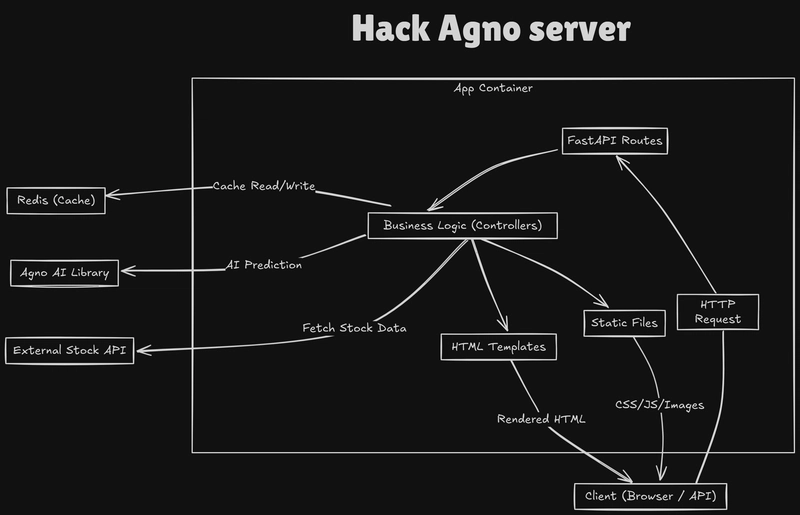Why Every CISO Needs a Crisis Communications Plan in 2025
In an era defined by escalating cyber threats and regulatory scrutiny, the role of the Chief Information Security Officer (CISO) has expanded far beyond technical oversight. By 2025, cyberattacks will not only test an organization’s technical defenses but also its ability to maintain stakeholder trust during crises. A robust crisis communications plan is no longer […] The post Why Every CISO Needs a Crisis Communications Plan in 2025 appeared first on Cyber Security News.

In an era defined by escalating cyber threats and regulatory scrutiny, the role of the Chief Information Security Officer (CISO) has expanded far beyond technical oversight.
By 2025, cyberattacks will not only test an organization’s technical defenses but also its ability to maintain stakeholder trust during crises. A robust crisis communications plan is no longer optional—it is a strategic imperative.
With breaches increasingly impacting brand reputation, customer loyalty, and financial stability, CISOs must integrate communication strategies into their security frameworks to ensure rapid, transparent, and coordinated responses.
This article explores three critical dimensions of modern crisis preparedness: the evolving role of the CISO, essential components of a crisis communications plan, and the intersection of Zero Trust principles with effective incident response.
The CISO as a Strategic Communicator
The modern CISO operates at the intersection of technology, risk management, and corporate leadership. As cyber threats grow in sophistication, stakeholders—from board members to customers—demand clarity and accountability during incidents.
A CISO’s ability to articulate technical risks in business terms, align security initiatives with organizational goals, and lead cross-functional teams during crises is pivotal.
In 2025, this requires a shift from reactive firefighting to proactive storytelling. For example, transparent communication about security investments or breach mitigation efforts can transform the CISO from a technical advisor into a trusted strategic partner.
This evolution underscores the need for crisis communication skills to be embedded in the CISO’s core competencies, ensuring they can navigate both technical and reputational challenges seamlessly.
A well-structured crisis communications plan minimizes operational disruption and preserves trust. Key elements include:
- Cross-functional crisis teams: Establish a dedicated Crisis Communications Emergency Response Team (CCERT) with representatives from IT, legal, PR, and executive leadership to ensure unified messaging.
- Multi-channel communication strategies: Leverage SMS alerts, social media, and offline channels like radio to reach diverse audiences during outages or cyberattacks.
- Pre-approved messaging templates: Develop incident-specific playbooks for ransomware, data leaks, or system failures to accelerate response times.
- Stakeholder-specific narratives: Tailor communications for customers, employees, regulators, and investors to address unique concerns and compliance requirements.
- Simulated crisis drills: Conduct quarterly exercises to stress-test communication protocols and refine decision-making under pressure.
These components ensure organizations move beyond ad-hoc responses to predictable, repeatable processes.
For instance, during a ransomware attack, pre-defined messaging can help reassure customers while technical teams isolate threats, reducing panic and speculation.
Integrating Zero Trust with Crisis Communication
Zero Trust Architecture (ZTA) redefines security by eliminating implicit trust, but its principles also strengthen crisis communication.
Zero Trust limits breach impact by verifying identities and segmenting access in real-time, buying critical time for coordinated communication.
For example, suppose an attacker compromises a low-level account. In that case, granular access controls prevent lateral movement, allowing the CCERT to contain the incident and craft accurate public statements before misinformation spreads.
Two practices bridge Zero Trust and communication:
- Real-time incident visibility: Deploy analytics tools to monitor access patterns and detect anomalies, enabling CISOs to share precise updates about breach scope and remediation progress.
- Post-incident transparency: Use forensic data from Zero Trust logs to explain root causes to stakeholders, demonstrating accountability and reinforcing post-crisis trust.
This synergy ensures that technical defenses and communication strategies operate in tandem. A zero-trust framework mitigates breaches and provides the data integrity needed for credible crisis narratives, turning potential reputational disasters into opportunities to showcase resilience.
In 2025, the absence of a crisis communications plan is a gaping vulnerability. CISOs who master this discipline will safeguard their organizations and emerge as influential leaders in an increasingly volatile digital landscape.
Find this News Interesting! Follow us on Google News, LinkedIn, & X to Get Instant Updates!
The post Why Every CISO Needs a Crisis Communications Plan in 2025 appeared first on Cyber Security News.









































































